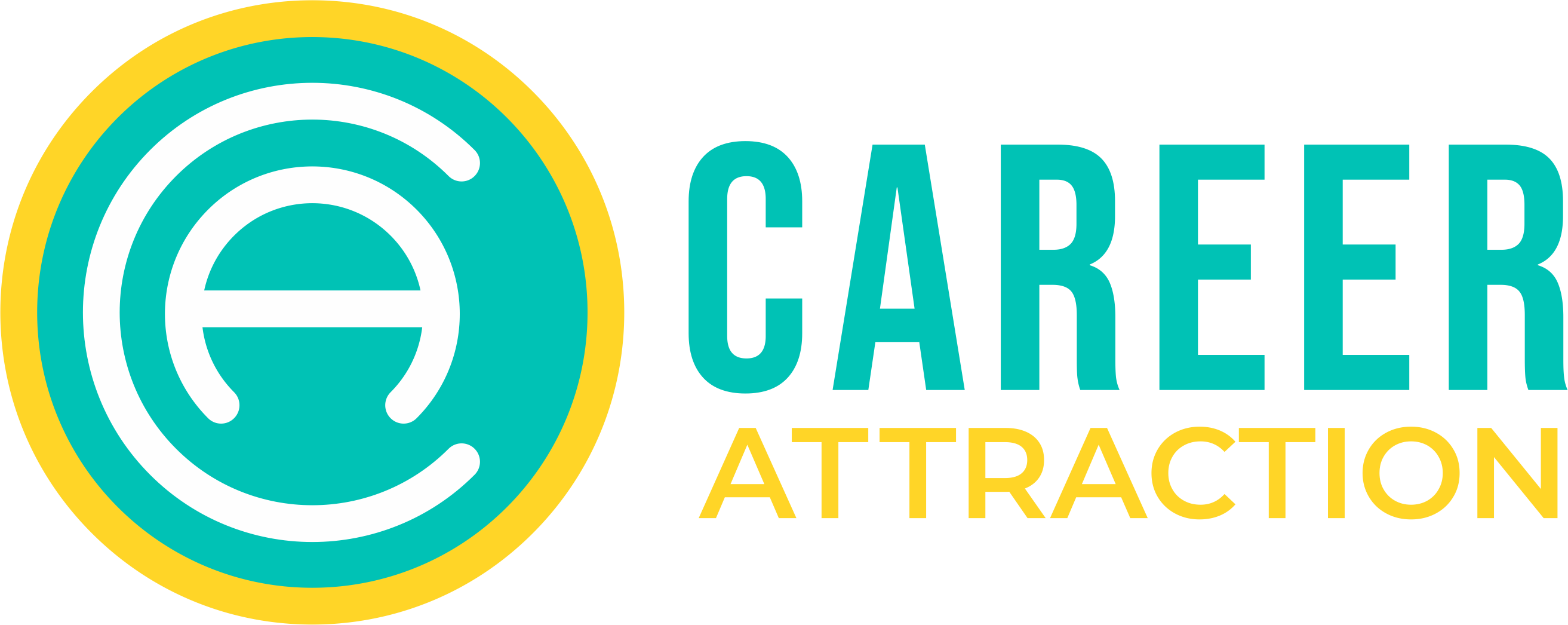A professional networking event is a great opportunity to present yourself, make new connections and find a new position. But the classical sales pitch doesn’t work anymore.
Hearing hundreds of sales pitches every day, most people aren’t listening anymore and can’t be impressed by the next perfect, innovative and bestselling idea. Step out of the shadows of imposters and wannabes by demonstrating your value to potential employers with these steps:
1. Stop Talking and Start Listening
The first step in a conversation is listening. What is your conversation partner looking for? What is he doing, and where can you add value to his work?
If the other person is just pitching his own company, products and services, then find out where he needs your help. Ask questions, be interested and practice active listening.
2. Present Your Success Stories
After you’ve found a topic the other person is interested in and you can help with, present a solution by telling stories about how you’ve helped others in a similar situation. What was the problem, and how did you solve it? It’s important that your conversation partner sees how successful this project was, so use some numbers to underpin your story whenever possible.
But, bear in mind that no one wants to hear your life story. Keep your story short and interesting. Start with the problem, followed by your first solution attempt. Every story needs a good “oh no!” moment, so include a little bit of drama by describing how everything went wrong what could go wrong before you come to the final happy ending, where everything came out much better than anyone could have imagined.
3. Keep in Touch
After a chat with your potential employer, exchange business cards to keep in touch. Even if you don’t currently have a job or you’ve just graduated, a business card is the most important thing you can take with you to a networking event. Without the possibility of contacting you later, the whole networking event and conversations were senseless.
On your business card, you should have at least your name, a telephone number and an email address. A short word on email addresses used in a business context: It’s okay to have a free email account (like Gmail), but your email address itself should be your real name, without numbers and other additional information. Anything else just doesn’t look professional.
In addition to your direct contact details, you can also include links to your professional social networking sites and your webpage or blog (as long as it’s about your job and not about your last holiday or weekend).
4. Follow Up, Always
With contact details, your conversation partner can easily get in contact with you if they are interested and need your help. But don’t wait until someone calls you; follow up after every networking event. Send a “nice to meet you” email or ask to connect on social networks, just to bring you back into the mind of your new contact.
Kristin Muller-Wenzel, the Director and Founder of London Global Consultants, is a Cultural and Behavioral Profiling Expert, certified Micro-Expression Expert and Expert for Body Language and Visual Identity. As a “Truth Wizard,” she helps HR specialists to find the right candidates and build winning teams. In her open-for-everyone seminars, Kristin coaches people on how to improve their communication skills and how to read others for a better outcome and more success in professional life.
Image: Photobucket












